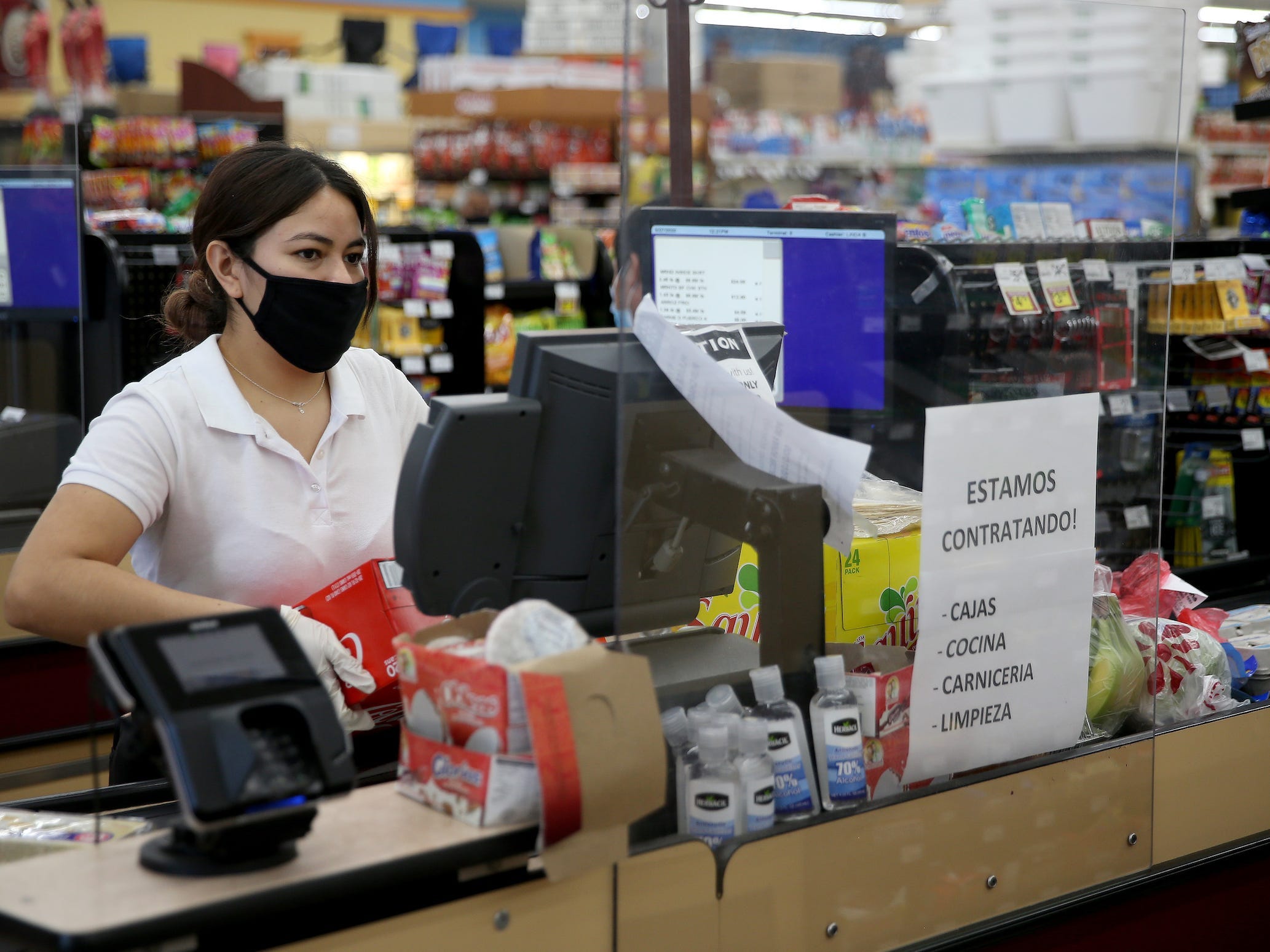Sign up here to receive our newsletter Gender at Work in your inbox twice a month.
The novel coronavirus pandemic and ensuing recession have affected workers across the country. BIPOC women (BIPOC stands for Black, indigenous, and people of color) have been hit especially hard.
The obstacles blocking BIPOC women from professional and economic success are hardly new. They’ve existed for centuries. But a global pandemic has shed light on these challenges – and made them harder to ignore.
Consider the numbers.
In the US, female unemployment reached double digits this year for the first time since 1948, when the Bureau of Labor Statistics started recording unemployment statistics. BIPOC workers are experiencing higher rates of unemployment than white Americans. Our colleague Marguerite Ward reported that Black women are twice as likely as white men to say they'd been laid off, furloughed, or had their hours or pay reduced due to the pandemic.
There's also some evidence to suggest that the trillions of dollars in government aid intended to help small businesses isn't reaching minority-owned businesses.
And while the usual unemployment gap between white and Black workers shrank in April, that's likely because Black workers make up a larger share of essential workers, making them more vulnerable to COVID-19.
Welcome to Gender at Work.
This is a twice-monthly newsletter that takes an expansive look at how your gender identity informs your career. Last week we covered the implications of Kamala Harris' spot on the Democratic ticket. This week we're talking about how BIPOC women have fared during the pandemic, and how it has exacerbated long-standing inequities.
Here are just some of the reasons why BIPOC women in the US are especially vulnerable during this crisis:
BIPOC women make less money than their white male peers
Even before the pandemic, many people of color were economically disadvantaged compared to their white counterparts. The Pew Research Center reported that, in 2016, median Black household income was $43,300. Median white household income was $71,300.
BIPOC women face some of the biggest pay inequities across all population groups.
For the average Hispanic woman to make as much as her white male counterpart did in a year, she'd have to work 307 extra days. A Black woman would have to work 226 extra days. Asian women would have to work 42 more days, though this figure can be misleading, since Asian-Americans have the greatest income inequality within their population group.
These gaps are at least partly attributable to employers' gender and racial biases.
Many women of color who are mothers are also breadwinners
Breadwinning mothers - meaning mothers who are wholly or mostly responsible for supporting their family - are more common among communities of color. Half of Black households with children are headed by single women, Ward reported. Thirty-eight percent of these households live below the poverty line.
BIPOC women are more likely to hold jobs where they're at risk of exposure to COVID-19

In the US, essential workers (including employees of grocery stores, public transit, and building cleaning services) are more likely to be people of color. In New York City, as many as 75% of essential workers are people of color.
BIPOC women in particular disproportionately hold jobs in industries where they're at relatively high risk of exposure to COVID-19. Women of color represent more than half of workers in high-exposure occupations like manicurist, housekeeper, and nursing assistant.
To further break down those stats: Hispanic women represent around 41.6% of maids and housekeepers, while Black women represent more than half of women of color working as home health aides. Asian American and Pacific Islander women make up the largest percentage of minority manicurists and pedicurists.
These individuals often can't afford to miss work, and have to choose between risking their health or their livelihood. They're also less likely to have health insurance to cover medical expenses.
According to CDC data, rates of COVID-19 are 2.8 times higher among Hispanic or Latino people than they are among white people. For Asian people, that number is 1.1, and for Black or African American people it's 2.6.
We invite BIPOC women to share their experiences at work during the pandemic. In the meantime, please share this newsletter with friends and colleagues. If this email was forwarded to you, sign up here.
We're also interested to know: Are there specific leaders or themes we should spotlight in this newsletter? Send suggestions to [email protected]. We're excited to read them.
